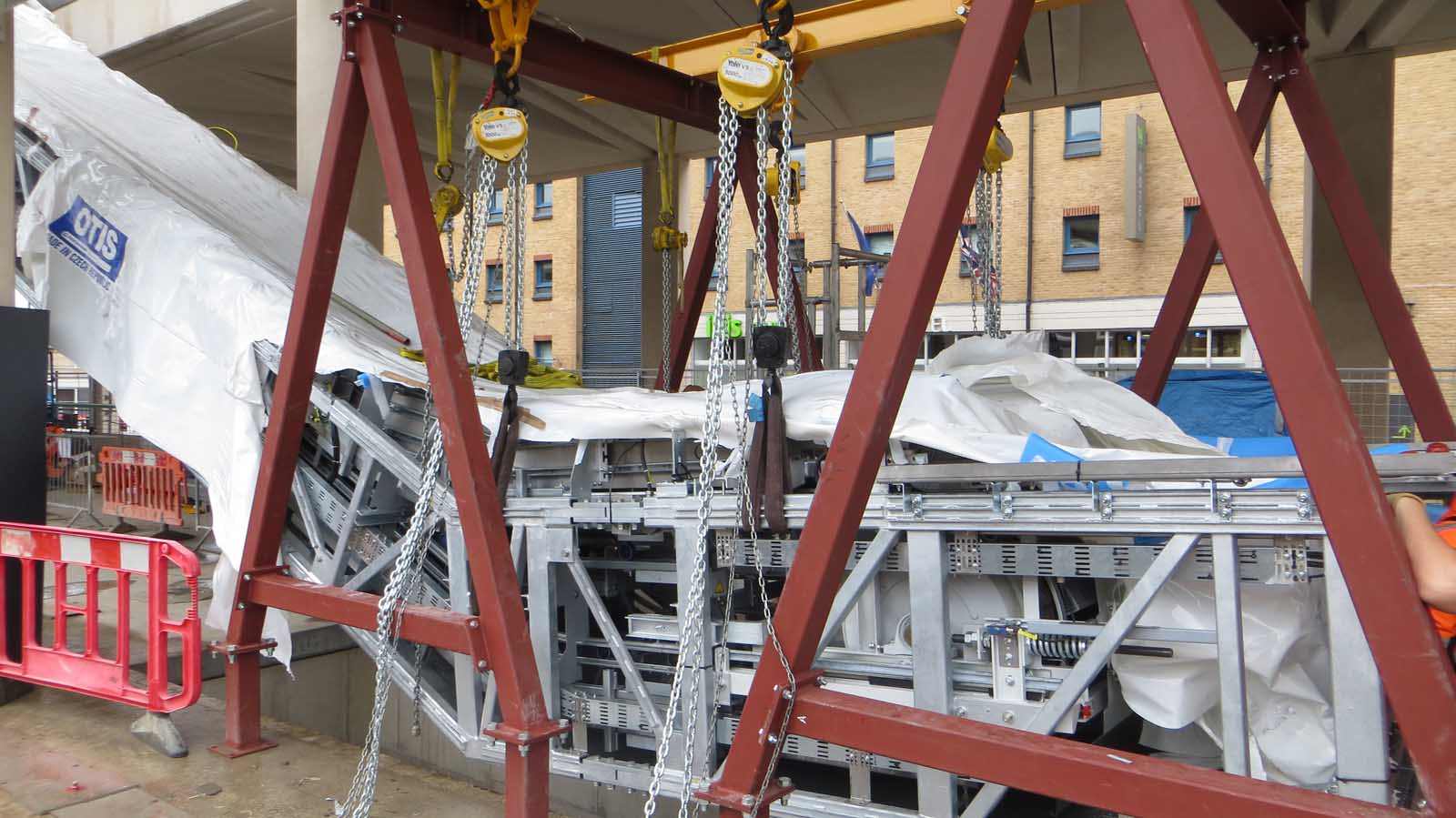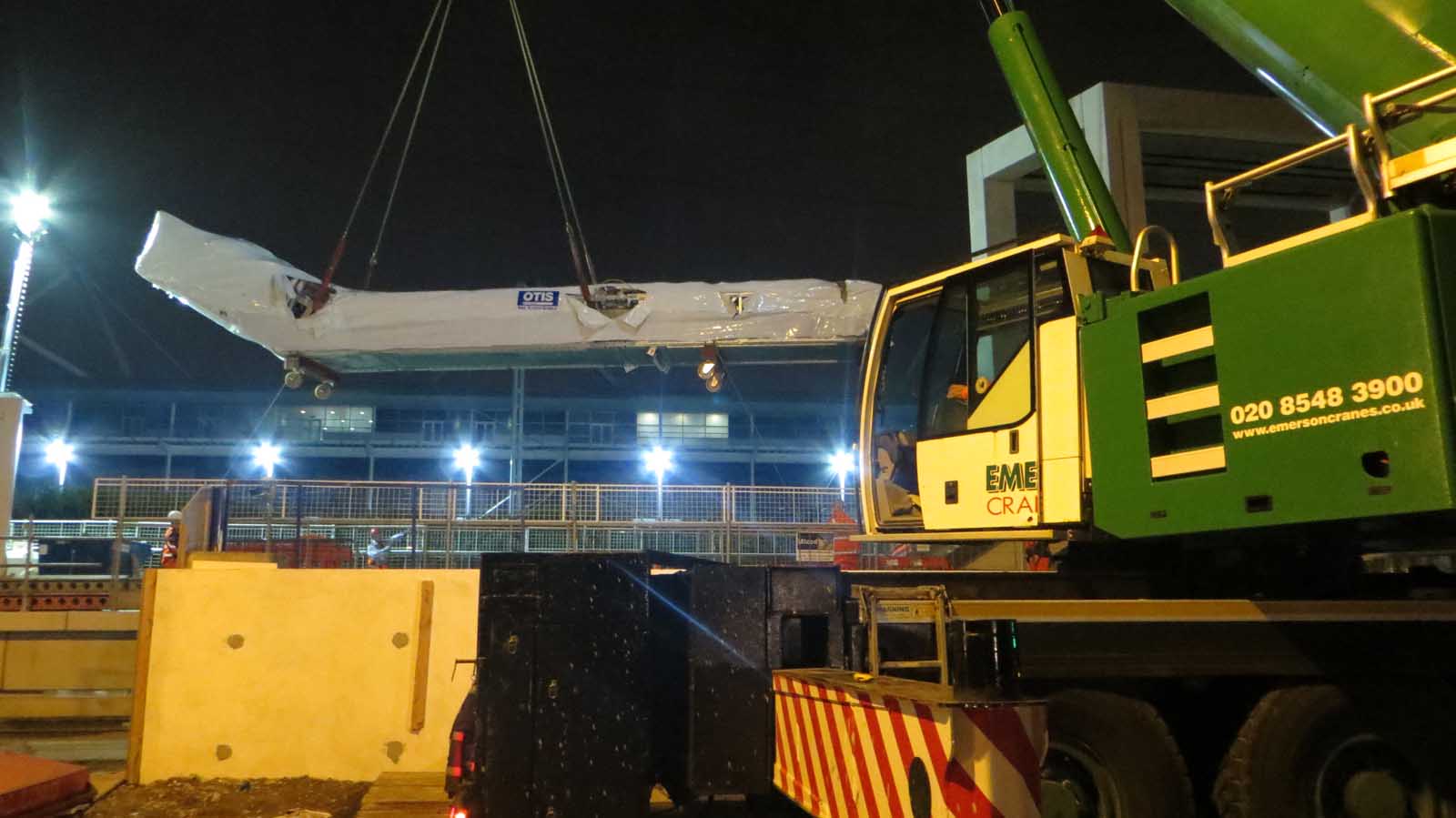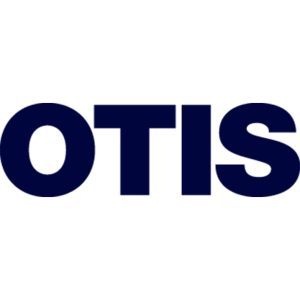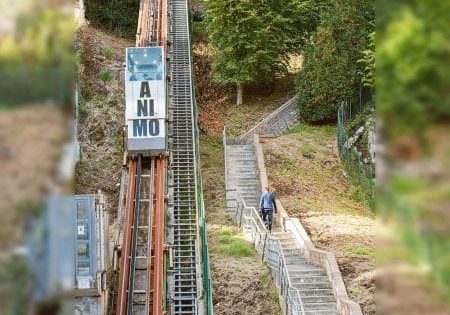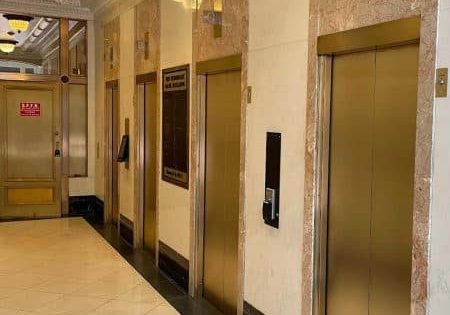Elizabeth Line, London Underground and Railway
Jan 1, 2024
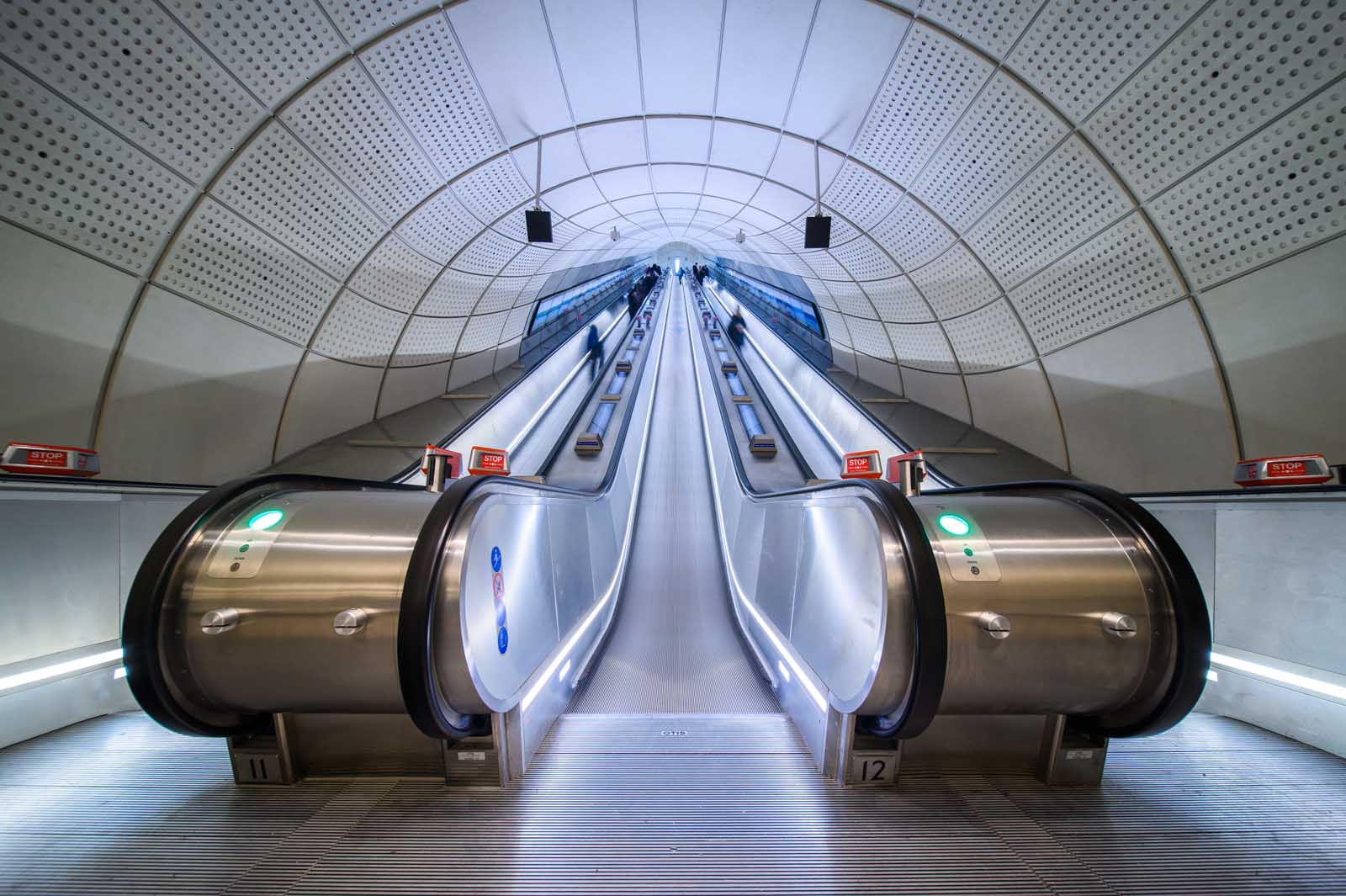
Escalators, New Construction
London, U.K.
submitted by Otis Elevator Co.
The Elizabeth line is a high-frequency hybrid urban-suburban rail service in London and its suburbs that opened in May 2022. It has transformed the city’s mass-transit rail system by increasing central London’s rail capacity and drastically reducing journey times in the region along its 73-mi. route. The new railway features 41 accessible stations, 10 of them new, and is expected to serve up to 200 million people annually. Transport for London (TfL) turned to Otis for escalator solutions that would provide extreme durability and safety to support its high-traffic demands with near-continuous operation.
The technologically advanced fleet of new trains are a far cry from the steam train that left Paddington Station on January 9, 1863, as the world’s first underground railway on an 18-min, 3.5-mi. long journey beneath London to Farringdon on the edge of London’s financial district.
The Elizabeth line runs on an east-west axis across the region, with branches terminating at Abbey Wood and Shenfield in the east, and at Heathrow Airport and Reading in the west. The system is a hybrid, as it runs as a fully automated underground subway through the core tunnels, as well as an above-ground railway. The Elizabeth line, which is part of the TfL network, is operated as a concession by MTR Elizabeth line (MTREL) (a subsidiary of MTR Corp.).
All 41 stations along the route are step-free, with 13 of them having level access between trains and platforms. Although the trains are 200-m (660-ft) long, platforms at the new stations in the central core are built to enable 240-m-long (790-ft) trains in the event of future expansion.
The line’s construction — part of which is some 10 stories underground — was a true engineering marvel, as well as one of Europe’s largest infrastructure projects. The biggest issue operators faced bringing the line to fruition was what’s been called the most challenging integration of complex rail systems ever, as the new line requires three signaling systems to keep the trains on time and to ensure safe and smooth traffic flow. The Elizabeth line is purpose-built for the next 100 years, or more.
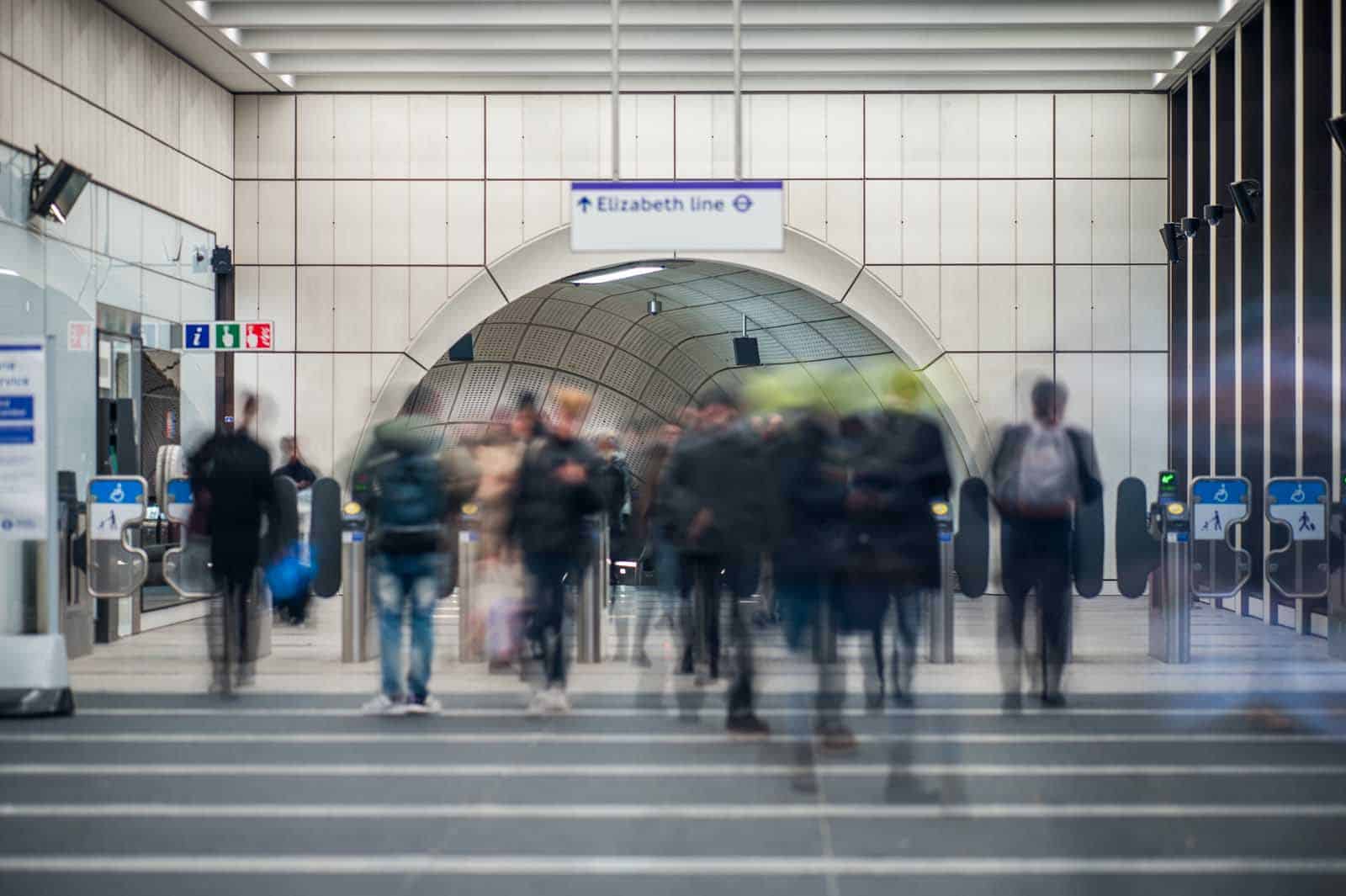


Transportation System Description
Otis built the first escalators on London’s underground railway in 1911, and that history has continued with the Elizabeth line, helping to keep the busy network flowing.
Otis supplied 64 new 520 Heavy-Duty Metro escalators for the 10 new stations. It was imperative that the new escalators be safe, reliable and robust, particularly given their high use and high demand, with little downtime (operating for as much as 20 h a day). They are designed to satisfy demanding specifications for uptime and other key performance indicators.
In addition to the escalators, Otis received an ongoing 30-year Otis Service contract to maintain and service the Elizabeth line escalator fleet, as well as another 56 escalators and travelators across the London Underground system. The escalators’ continuous operation is critical to the success of the Elizabeth line.
The challenges of the Elizabeth line’s 13-year construction, which included weaving around London’s existing underground maze of Victorian-era Tube lines, sewage piping, building foundations and archaeological discoveries, meant that the Otis-supplied escalators had to be designed and configured to meet the design specifications of each new station. The longest escalator in the new system is 60-m (197-ft) long and serves Bond Street station, taking passengers directly to the platform level some 27.5 m (90 ft) below. The shortest is at Liverpool Street station, where an 18.5-m-long escalator (60 ft) moves passengers from street level to the Broadgate ticket hall a floor below. Each escalator in the new system operates at a 30° incline and carries passengers at 0.75 m/s.
The Elizabeth line escalators were built on the shop floor at Otis’ Breclav, Czech Republic, factory and then broken down into trusses and smaller components for shipping and to facilitate installation on site. Escalators were designed and built to the customer’s demanding specifications — among the toughest and most stringent in the industry — to ensure reliability and sustainability. Factory engineers used state-of-the-art engineering and rigorous checks and servicing to ensure solutions could meet extreme traffic demands. Each escalator went through 24 inspections.
Otis strives to offer best-in-class, energy-saving and sustainable products, with solutions including smaller footprints and lighter weights, and technologies that reduce energy consumption.
An energy-saving feature of the escalators is that when no passengers step onto an escalator for a set period of time, the unit goes into “eco” mode — slowing down until a passenger arrives to use the escalator and activates a sensor that brings it back to full speed again. Other energy-saving efficiencies are realized by Otis-provided recessed LED escalator skirting lighting.
The escalators also embrace sustainability, with a smart lubrication system using up to 98% less oil than manual lubrication systems. In addition, inverters are used in the escalator controllers to optimize energy consumption by varying the frequency and voltage supplied to the motor.
Otis escalators offer a number of additional benefits. Their unique Multifunction Escalator Safety Device (MESD), an advanced electronic safety system that activates brakes quickly and consistently when it detects an issue, exceeds code safety requirements. The escalator’s handrail entry box design provides exceptional levels of safety and strength. Its tapered design minimizes the risk of passengers touching the deflectors, while safety brushes gently guide passengers away from skirt panels. The skirt panels themselves reduce friction to stop objects from getting caught.
The success of Otis’ long-term service contract — one of the longest in company history — is predicated on meeting the customer’s demanding specifications for availability (how long the units covered in the contract remain in service on a regular basis), one of six Key Performance Indicators (KPIs). The contract requires an availability standard of 99.6% reliability; the Elizabeth line escalators’ current service availability exceeds the target of 99.6%.
The six KPIs the contract measures include Otis’ performance on escalator availability, fault service response time, mean time between failures, assurance inspection (return to service), repeat fault failure reporting and the time it takes the company to address a static issue.
The contract’s length ensures the customer will have the advantage of dealing with the OEM that designed and built the escalators for decades.
The escalators built in Breclav were broken down not just for shipping but because of size, space and even weight constraints required for installation at the new rail stations. Typically, the escalator sections were reassembled on-site, installed and then joined once in place. To prevent delays and stay on track with established timelines, Otis teams coordinated with other building trades and ensured strict observance of safety protocols throughout the process.
The difficulty of installation was compounded by the number of other trades on-site working at the same time — with workers sometimes numbering in the hundreds. Work had to be carried out around the material of these other trades, near newly installed electrical, water and ventilation system wiring, ducting and piping. As a result, installation often was required to be done out of hours, including at night, and with truck deliveries of material being made according to a tight schedule, ensuring just-in-time staging.
Safety during installation was paramount, with the additional challenges of the size and weight of the escalator sections being lowered into spaces with very tight tolerances, the other building trade employees on-site, as well as adjacent utilities systems and other infrastructure. Otis’ work on the project was delivered with an excellent safety record where not a single lost-time incident was reported.
Otis’ ability to prove itself with its Elizabeth line customer on multiple levels — by providing technologically advanced, environmentally sustainable products that meet demanding requirements, by demonstrating first-class performance in installing its escalators in the new stations safely and on schedule and by proving its ability to provide exceptional product service — has resulted in an enhanced and long-term working relationship.
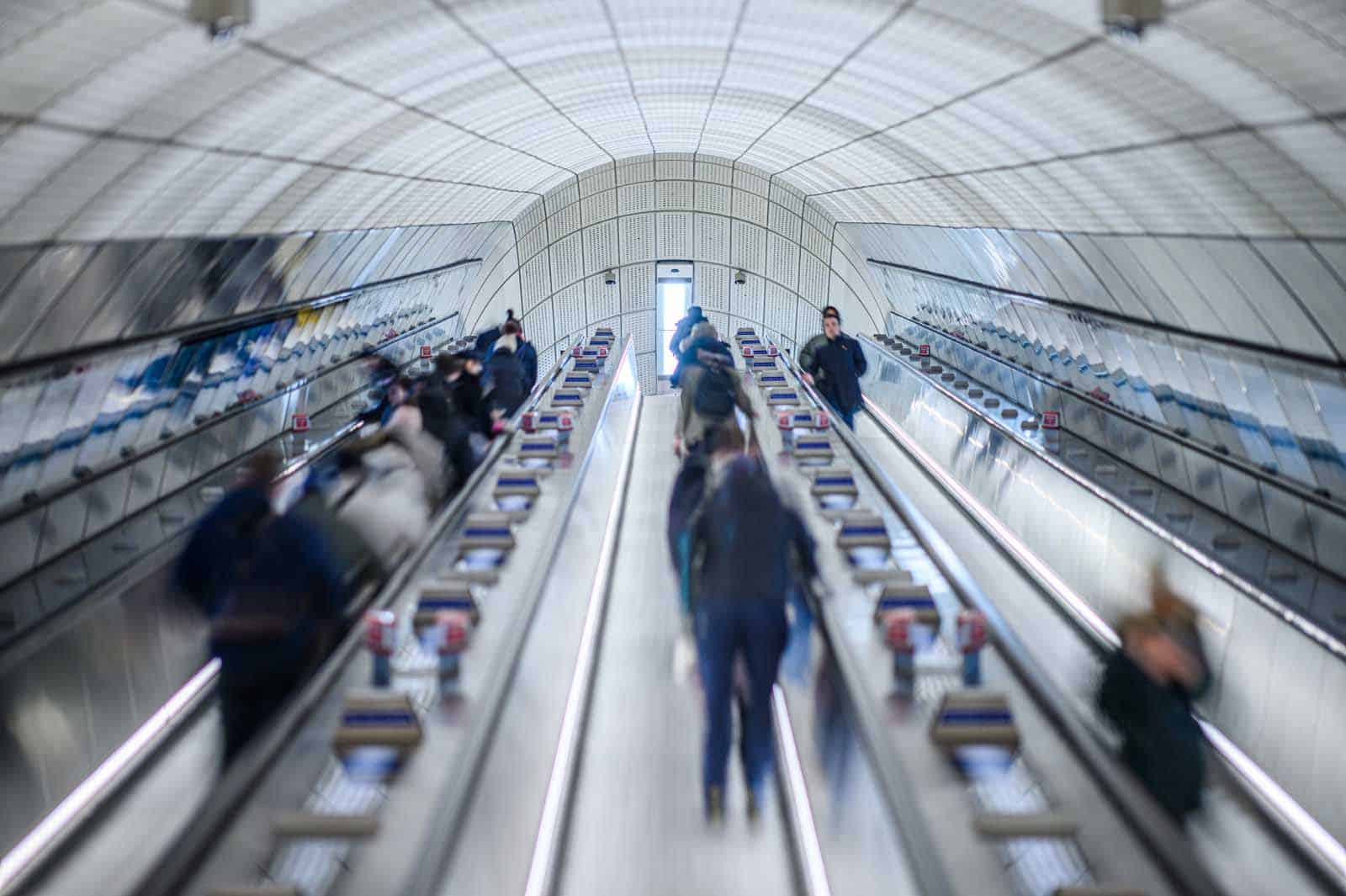
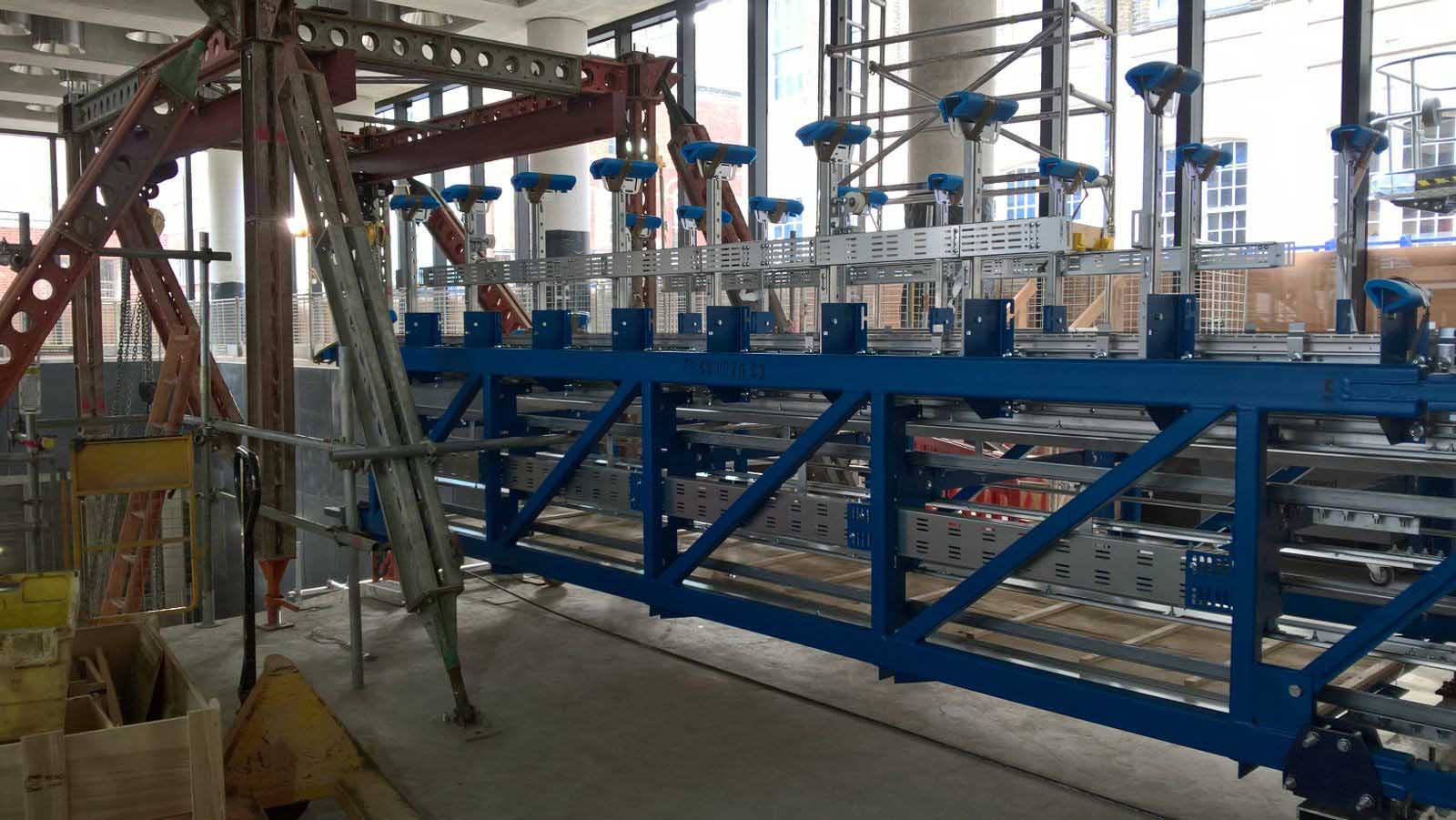
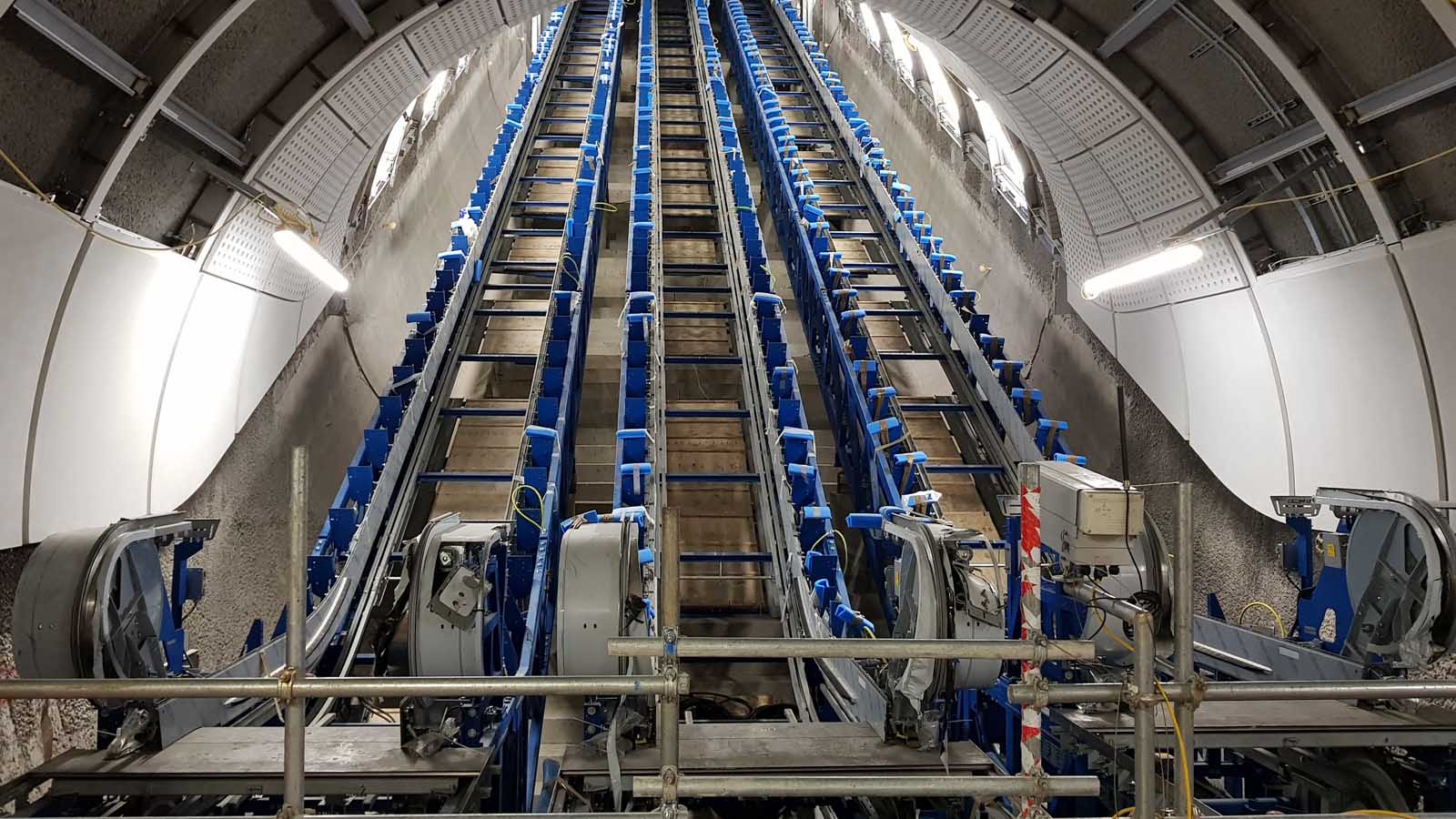
Credits
Owner: Transport for London (TfL)
Construction Manager: Crossrail Ltd.
Transportation-Systems Contractor: Otis Elevator Co.
Equipment Manufacturer: Otis Elevator Co.
Get more of Elevator World. Sign up for our free e-newsletter.
